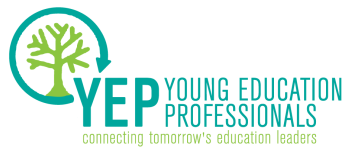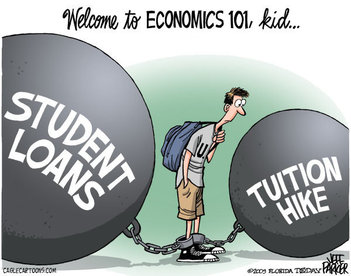
- 60 iPad Airs
- 44 Apple Watches
- A 2016 Honda Civic and nearly 3,000 gallons of gas for it
- 28 BeyHive-level tickets to Beyoncé’s Formation show in Baltimore
- The requirements for a teaching license
That’s one of the findings that Chad Aldeman and I discovered in two recent reports, published by Bellwether Education Partners earlier this month. We also found an even more sobering conclusion: There’s no evidence that any of these requirements make teachers better.
Everyone wants qualified educators in the classroom, but no research shows exactly how to make that happen during their preparation. The number of content courses or student teaching hours, for example, has no bearing on a teacher’s effectiveness in the classroom (with some exceptions). Meeting state certification requirements and going through traditional certification pathways also aren’t guarantees.
There’s some research that GPA and SAT scores predict a degree of teacher effectiveness, but the correlation is weak, and it’s not clear what the minimum threshold for these screens should be. As a result, states set arbitrary cut scores that don’t predict future effectiveness. Prospective teachers who don’t get in might ultimately have been effective, while others who are admitted on the basis of their scores may never positively affect student achievement. In other words, states have constructed elaborate and expensive hoops for prospective teachers to jump through – and there’s no real justification for them.
In the Bellwether paper, we recommend changes that will drastically reduce the risks associated with becoming a teacher. System-wide changes, however, aren’t going to happen immediately. There are currently close to half a million teacher candidates enrolled in preparation programs nationally, and thousands more enroll every year.
If you’re a prospective teacher, the situation is a difficult one: the research says preparation programs may not be worth the time and money, but the state requires you to complete one anyway. So what should you do?
1. Go where the need is
There’s a lot of talk about teacher shortages right now. In the past month alone, Nevada and California have taken steps to make it easier for districts to hire new teachers. But shortages aren’t everywhere, and they’re not in every subject. Only one in three new teachers, for example, can get a job in New York City, and many states are producing a surplus of elementary teachers.
Before enrolling in a preparation program, consider where and in what subject you’re most needed and whether a particular program is well-suited to helping you get into those classrooms. You may dream of becoming an elementary school teacher, but you should know what your odds are of landing a job with that certification. The U.S. Department of Education publishes teacher shortage area listings by state, and some states release supply and demand reports. If that’s not enough, go directly to the source; districts will know best where and in what subjects they need teachers.
2. Dive into the data
Some states evaluate preparation programs based on the performance outcomes of their graduates – and the federal government may require all states to do so in the next few years. Even if programs are not held accountable for this measure, the data will likely become more widely available, and prospective teachers should take advantage of it.
Before enrolling in a preparation program, look into what outcomes data it tracks and how the data are used for continuous improvement. The best programs will be able to point to concrete examples of refining their practices based on what the data tells them about how their graduates are doing in the field.
Some outcomes to look for:
- Placement rate. What percentage of those who complete the program are employed as full-time, in-field teachers within a year of completing the program? What percentage went to the type of school you want to teach in?
- Retention rate. What percentage of teachers certified through the program stay in their position for one or more years?
- Evaluation ratings. How do those teachers perform during their first years in the classroom?
- Teacher and employer satisfaction. What do the teachers and their employers say about their satisfaction with the teachers’ level of preparation?
3. Pay attention to the student teaching structure
The best preparation programs aren’t necessarily the ones that offer the longest student teaching experiences. Despite the intuitive appeal, there’s no evidence that more student teaching is better. Rather, research suggests that the quality of the experience is more important. Candidates performed better and felt more prepared if they went through a student teaching program that was operated by the preparation program, not the K-12 school. Candidates were also more successful if they spent their student teaching experiences with highly effective mentor teachers in high-functioning schools with more desirable conditions for practice, even if they ultimately went on to teach in harder-to-staff schools.
Right now, it’s incredibly expensive to become a teacher. Nothing other than systemic change will alter that fact. In the meantime, prospective teachers should do their research to choose the preparation program most likely to help them be successful in the classroom.
Ashley LiBetti Mitchel is a Senior Analyst with Bellwether Education Partners in the Policy and Thought Leadership practice area. Reach her via email or Twitter.




 RSS Feed
RSS Feed